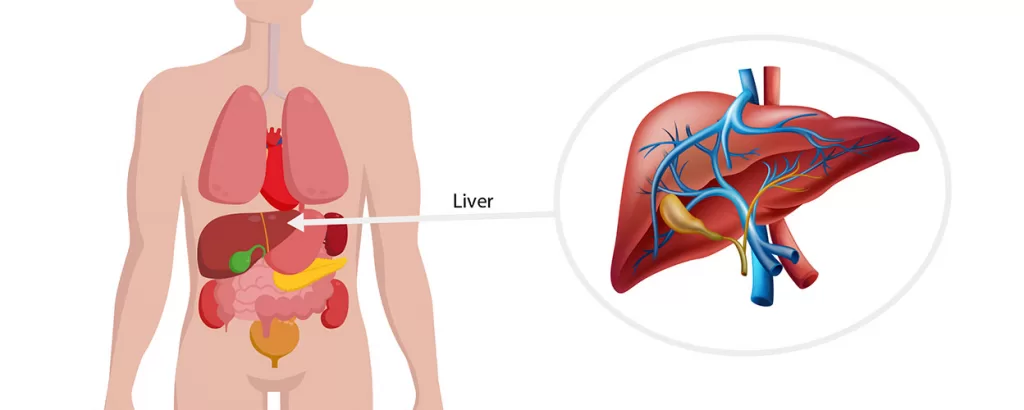- Tumour ablation refers to techniques of destroying tumours, leaving a small scar, while they remain in the body – rather than removing them from the body with surgical resection.
- The appropriateness of tumour ablation for any patient is determined by the size, nature and location of the tumour as well as patient factors.
- Ablation is usually performed with special equipment that uses electrical energy to destroy tumours with extreme heat. Ablation can be applied to tumours in the liver and pancreas as well as other organs.
- Ablation can be used to treat single tumours or in combination with surgical resection to treat multiple tumours.
- The long-term cure rate of ablation is comparable to surgical resection in most tumours 2cm in diameter or less and can be undertaken directly through the skin, via keyhole surgery through a surgical incision, under general anaesthesia.
- The accuracy of the ablation is guided in real time by ultrasound or CT scan. Please click here to see a liver tumour being treated with ablation.
- Following ablation many patients require only a single overnight stay in hospital and can mobilize and eat within hours of the procedure.
- Follow up imaging – usually with an MRI scan – is undertaken at around 6-8 weeks following the procedure.
- Ablation can be undertaken multiple times to treat new or recurrent tumours in the same patient.

LIVER ABLATION
The content is to be used as a guide only. Always consult you specialist to determine information relevant to you and your circumstances.
